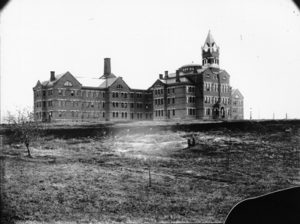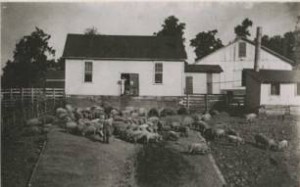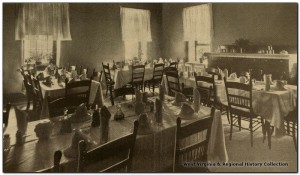Dr. William Hammond (who was not a fan of insane asylums) was appalled at the widespread use of restraints in U.S. facilities, comparing these institutions unfavorably with those in England which had just about abandoned the practice. He wrote: “At present [1883] ignorant and brutal attendants, some of them selected from the very lowest class, can, at their option, from whim, caprice, anger, or any other inadequate cause, order or place a lunatic in the camisole, crib, or other mechanical restraint.”
Hammond did not necessarily argue that all restraints be abolished, but his suggestions followed the course that British alienists used when they began to eliminate restraints. For patients who always took off their clothes, for instance, attendants could use “strong dresses which were secured around the waist with a leathern belt, fastened by a small lock.” Patients who were violent toward themselves or others, could wear “a dress, of which the sleeves terminated in a stuffed glove without divisions for the fingers and thumb.
One of Hammond’s suggestions to the state of New York, which asked his advice as it investigated the management of its insane asylums, was to keep the decision to use restraints out of the hands of attendants. Only the medical officer should decide to use mechanical means of control, and Hammond said that even with that safeguard in place, every order for restraint should be documented in a record book. That book, in turn, should be open to inspection.
The only two asylums in the U.S. which did not use restraints at all at the time of Hammond’s writing were the Kings County Asylum at Flatbush, Long Island and one in Athens, Ohio (Athens Asylum for the Insane) which he did not specifically name.






